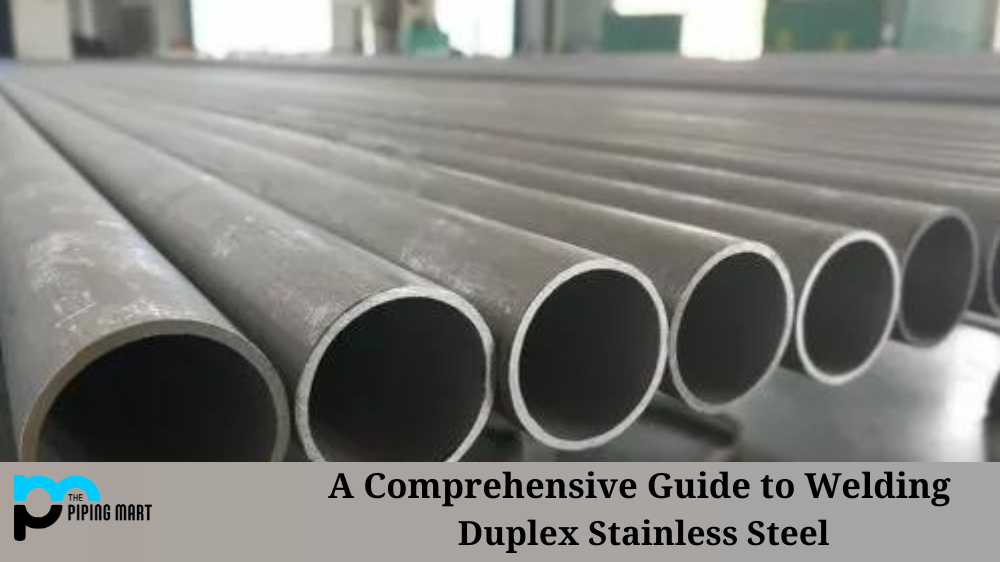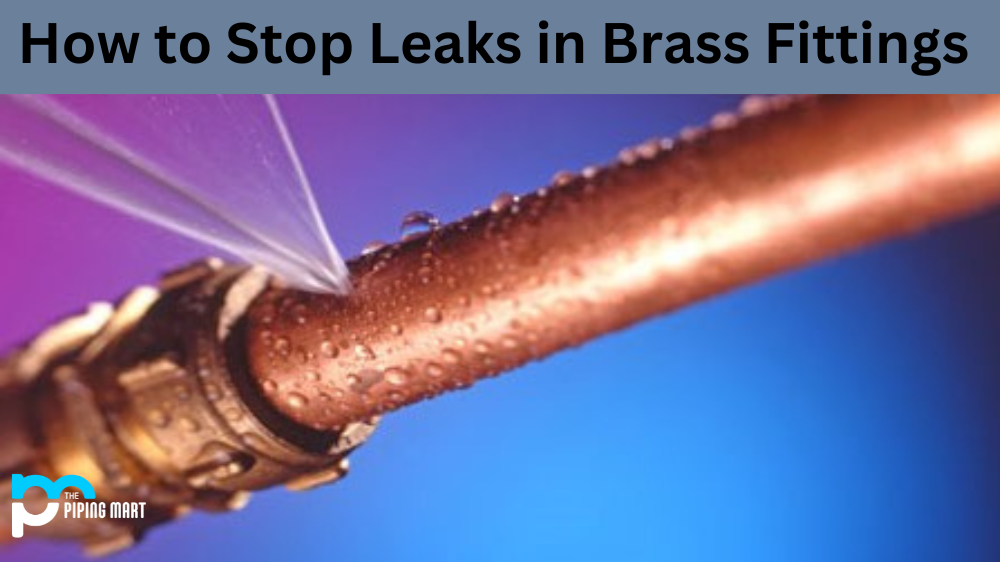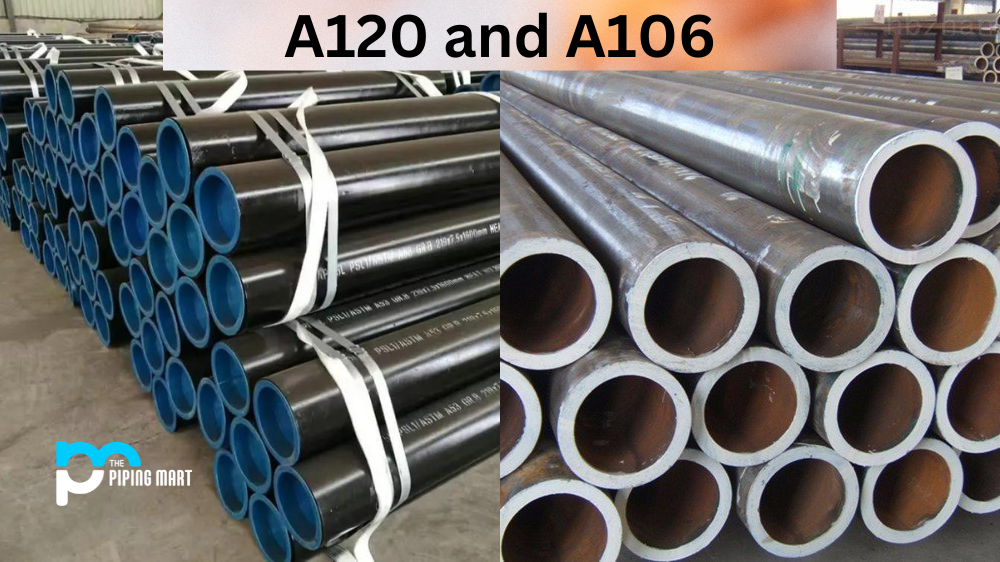Duplex stainless steel is highly valued for its superior corrosion-resistance properties, making it ideal for use in various industrial applications. However, when welding duplex stainless steel, there are a few best practices to keep in mind. This blog post provides a comprehensive guide to welding duplex stainless steel so that you can get the most out of your work.
What is Duplex Stainless Steel?
Duplex stainless steel comprises both austenite and ferrite phases, forming a microstructure known as “duplex” or “twin phase.” This type of material is highly valued due to its superior resistance to corrosion and fatigue compared to other types of stainless steel. It is also cost-effective because it requires less maintenance over time than other materials.
How to Weld Duplex Stainless Steel
When it comes to welding Duplex Stainless Steel, a person needs to take extra care. It requires specialized skills and attention, and the alloy itself is harder than regular stainless steel welds. Welders need to follow the joint designs recommended by the manufacturer and use proper welding techniques. It’s also necessary to select filler materials that match or exceed the sensitization standards of the actual alloy being used. Appropriately preheating between two weld layers can help avoid cracking due to thermal shock. Finally, post-weld heat treatment should be used as needed in order to remove any potential stresses built up during the welding process and obtain optimum corrosion resistance and strength of the complete structure. Proper forethought and planning are essential when it comes to welding this alloy successfully.
Duplex Stainless Steel Welding Process
When welding duplex stainless steel, it is important to follow the proper procedure to ensure the highest quality welds possible. The first step should always be preheating the material, which helps reduce the risk of thermal shock and cracking during welding. The preheat temperature should be between 200°F and 500°F (93°C – 260°C). Once preheating is complete, the next step would be selecting the correct filler metal, depending on your needs. Finally, post-weld heat treatment may be necessary depending on what specific application you are using the welded material for.
Preheat
The first step in welding duplex stainless steel is to preheat the material. Preheating helps to prevent cracking and ensures that the weld area is at the correct temperature for welding. The recommended preheat temperature for duplex stainless steel is between 300 and 400 degrees Fahrenheit.
Set Up the Welding Machine
The next step is to set up the welding machine. When setting up the machine, it is important to use the correct settings for duplex stainless steel. The recommended settings are gas type- 100% Argon, gas flow- 15-20cfh, electrode type- 2% thoriated tungsten, electrode size- 3/32″, welding current- AC, welding voltage- 20-22 volts.
Tack Weld
Once the machine is set up, you can begin tack welding. Tack welding is used to hold the pieces of metal together while you are welding them. When tack welding duplex stainless steel, it is important to use small welds so that you do not overheat the material.
Weld
After tack welding, you can begin welding the duplex stainless steel. When welding, it is important to use a low heat setting and move quickly, so you do not overheat the material. It is also important to keep the weld area clean, so there is no contamination.
Cool Down
After welding, it is important to let the material cool down slowly, so it does not crack. The recommended cooling rate is 50 degrees Fahrenheit per hour until it reaches room temperature.
Conclusion:
Welding duplex stainless steel can be tricky, but following proper procedures will ensure that your welds are of the highest quality possible. Preheating, selecting the suitable filler metal, and post-weld heat treatment should all be done carefully to achieve optimal results when welding this material. With this comprehensive guide, you have everything you need to start welding duplex stainless steel with confidence! Intended Audience: Hobbyists and professionals who work with welding duplex stainless steel.

Pipingmart is B2B portal specializes in industrial, metal and piping products. Also, share latest information and news related to products, materials and different types grades to help business dealing in this industry.




